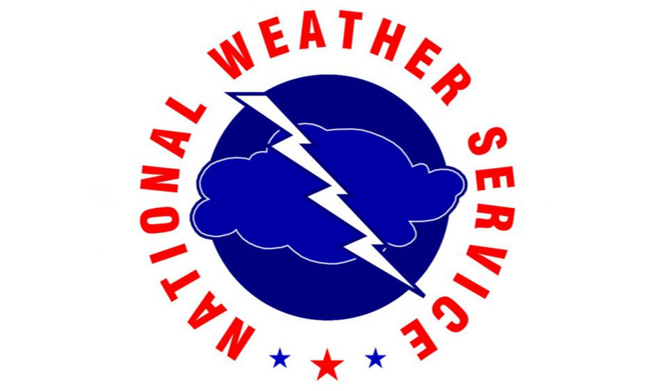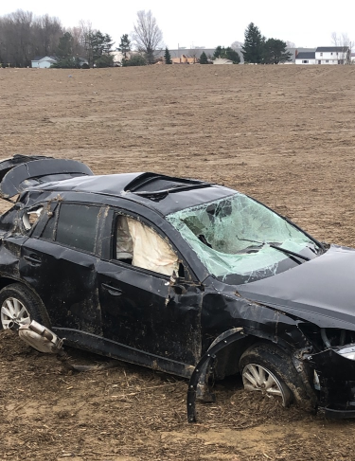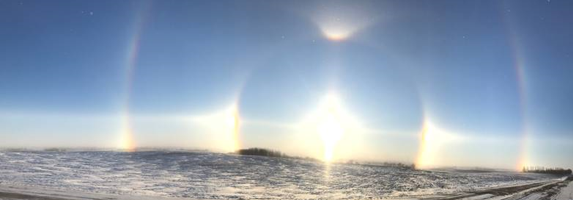2019 has proven to be an extreme weather year here in the Midwest – from the extreme cold in January, the bomb cyclone in March and tornadoes in April to the widespread rains and subsequent flooding in May and June. Midwest states are no strangers to disaster. As we look back on this young year, the Midwest Climate Hub would like to take a moment and focus on disaster preparedness resources and what this means for producers in a changing climate.
The Fourth National Climate Assessment reported that “communities in the Midwest are becoming more vulnerable to the effects of climate change, such as flooding, drought, and increases in urban heat islands.” (Learn more about Climate Science as it relates to changes in the frequency/intensity of storms, droughts, floods, wildfires and climate models/scenarios and projections.) Understanding the weather, changing climate and potential disasters that are set to occur in this region is imperative for supporting sustainable crop production and producers here in the Midwest. The Midwest Climate Hub works to support its use current and projected outlook for producersconsultants and industry in the region.
 We work closely with NOAA NWS to collect and provide information that can be used by agricultural producers during disasters to help producers stay safe and recover. Past recent examples of this collaboration include the Extreme cold January (January 2019), Cyclone recovery after the bomb resource list (March 2019) and Special Weather Event Webinar (Agricultural impacts of floods and rainfall, June 2019). In addition to these “as needed” resources, we help maintain regular information sharing through a monthly webinar that is open to the public. You can find more information on this webinar and how to register here.
We work closely with NOAA NWS to collect and provide information that can be used by agricultural producers during disasters to help producers stay safe and recover. Past recent examples of this collaboration include the Extreme cold January (January 2019), Cyclone recovery after the bomb resource list (March 2019) and Special Weather Event Webinar (Agricultural impacts of floods and rainfall, June 2019). In addition to these “as needed” resources, we help maintain regular information sharing through a monthly webinar that is open to the public. You can find more information on this webinar and how to register here.
Prepare for disaster
When preparing for a disaster, follow these three simple steps: build a kit, make a plan, and be careful. Learn what disasters and hazards could affect your area, how to receive emergency alerts and where to go if you need to evacuate here. As resources, needs and information vary depending on where you live in the region, please research your state 'ready.gov' website below. (Note: These are not the only resources in your state. Take the time to find the best information available to you where you live for resources before, during, and after a disaster.)

In addition to these, the National Weather Service has a wealth of weather safety information and resources their website.
During a disaster
Safety first! Follow all directions from local, state, and federal officials. If you have not been ordered to evacuate, stay in a safe area or shelter. Listen for important updates and reminders and do not drive or leave the safe area until the danger has passed.
After the Catastrophe
In addition to the government resources linked above, USDA provides assistance to rural communities, farmers and ranchers, families and small businesses when they are affected by severe weather or natural disasters. Here are some (of the many) resources available through the USDA.

USDA FSA Disaster Assistance Programs
USDA APHIS Animal Protection During a Disaster
As always, USDA Climate Hubs work to provide region-specific information, along with USDA agencies and partners, to producers and natural resource managers that enable strong and healthy ecosystems before, during and after disasters. Contact your regional Climate Hub and sign up for updates in your area.

